
August sea surface temperatures in the Arctic are rising by as much as 1 degree Celsius (1.8 degrees Fahrenheit) per decade.
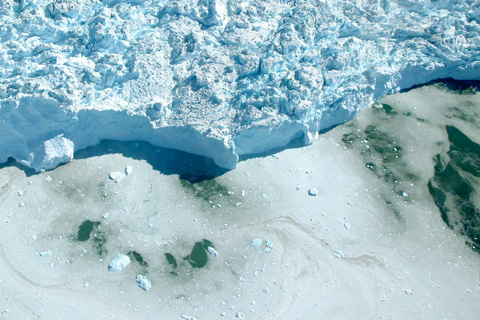
Between September 2019 and August 2020, the rate of ice loss from the Greenland Ice Sheet was much lower that the record set the previous 12-month period, but but still above the 2002–2020 average. Overall, Greenland continues to lose ice.
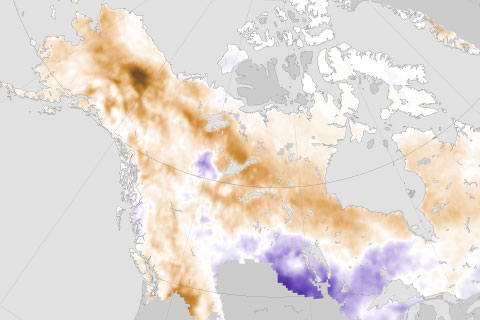
The taiga is becoming more flammable, increasing the risk for intense wildfires—some so intense they overwinter in deep ash pits and re-emerge the following spring.
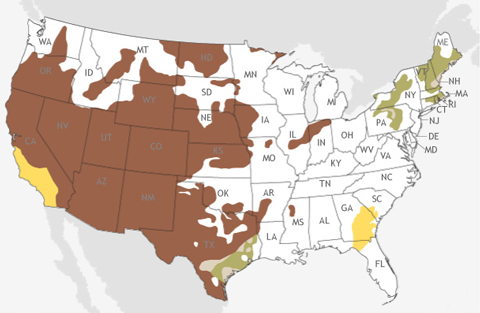
December 2020 and the start of the 2020-2021 winter looks warmer and drier than average for much of the country.

The 15th installment of NOAA's Arctic Report Card NOAA's 15th Arctic Report Card catalogs the numerous ways that climate change continues to disrupt the polar region.
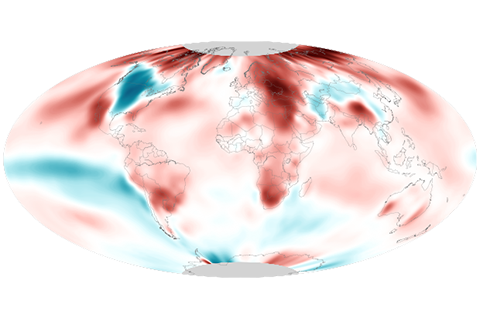
October 2020 was the fourth warmest October on record dating back to 1880, which makes it the lowest-ranked month so far in 2020.

Warmer conditions will pose new challenges for producers of Americans’ favorite side dish but advance knowledge and innovation will help potato growers prepare.
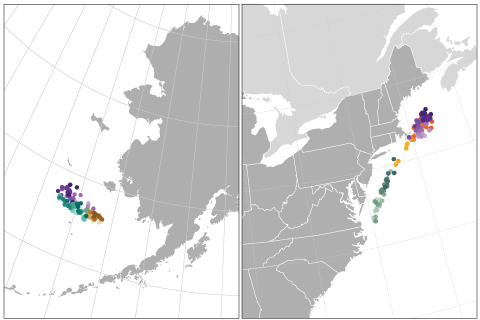
New USGCRP indicator based on NOAA fisheries data shows bigger shifts in the North Atlantic than the Bering Sea.
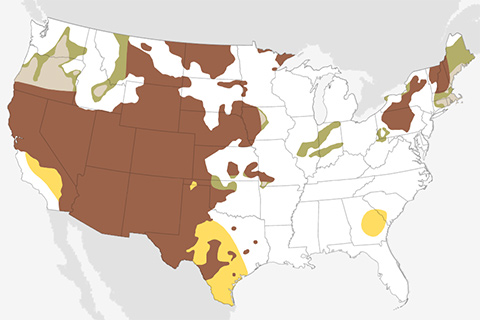
November 2020 is favored to be warmer than average for much of the United States and drier than average across the southern US.

A strong polar vortex supported the formation of a large and deep Antarctic ozone hole in September 2020 that should persist into November, NOAA and NASA scientists reported today.